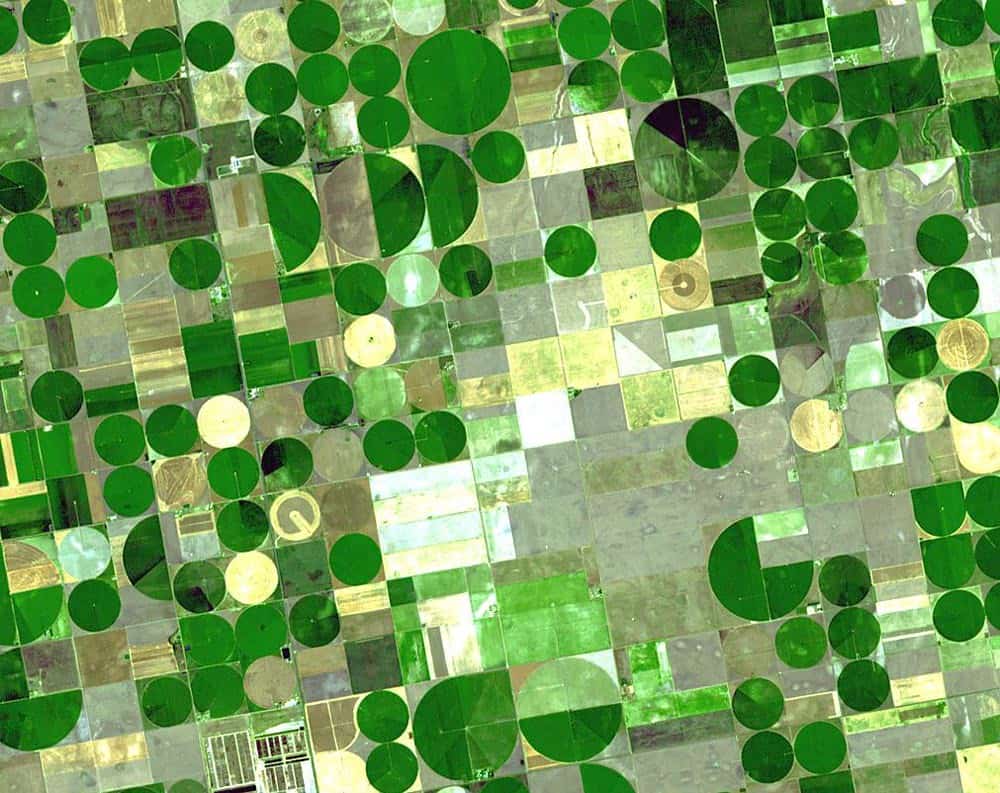The Ogallala Aquifer, one of North America’s most vital water resources, stretches beneath eight states from South Dakota to Texas, providing essential groundwater for agriculture, industry, and millions of people. This vast underground reservoir has transformed the Great Plains from arid grasslands into one of the world’s most productive agricultural regions. However, this life-sustaining resource faces an existential threat. For decades, water has been pumped from the aquifer far faster than nature can replenish it, creating a steadily worsening imbalance. As water levels continue to decline at alarming rates, a critical question emerges: Could the Ogallala Aquifer run dry in our lifetime? The answer carries profound implications for food security, regional economies, and the future of life across America’s heartland.
The Geological Marvel Beneath the Great Plains

The Ogallala Aquifer formed approximately 10 million years ago during the late Miocene to early Pliocene epochs. As the Rocky Mountains eroded, streams and rivers carried sediments eastward, depositing them across what would become the Great Plains. These deposits, consisting primarily of sand, gravel, clay, and silt, created a porous underground formation capable of holding tremendous amounts of water.
Spanning approximately 174,000 square miles, the aquifer underlies parts of South Dakota, Nebraska, Wyoming, Colorado, Kansas, Oklahoma, New Mexico, and Texas. Its total water volume was historically estimated at about 3.3 billion acre-feet (equivalent to about 1 quadrillion gallons), making it one of the world’s largest freshwater aquifers. The natural formation of this resource took millions of years, yet human activity has dramatically altered its hydrological balance in less than a century.
Historical Development and Agricultural Transformation

Before the 1930s, the Ogallala region was primarily characterized by dryland farming and ranching with limited irrigation. The Dust Bowl of the 1930s demonstrated the area’s vulnerability to drought and sparked interest in tapping underground water sources. The technological revolution in pumping technology after World War II, combined with rural electrification and improved drilling methods, made large-scale irrigation from the aquifer economically viable.
Between 1950 and 1980, irrigated acreage in the region expanded from approximately 2.1 million acres to 13.7 million acres. This transformation turned the formerly semi-arid Great Plains into America’s breadbasket, producing approximately one-fifth of the nation’s wheat, corn, cotton, and cattle. The economic prosperity brought by irrigation fostered population growth and development across the region, creating communities whose existence became inextricably linked to the continued availability of Ogallala water.
Current State of Depletion
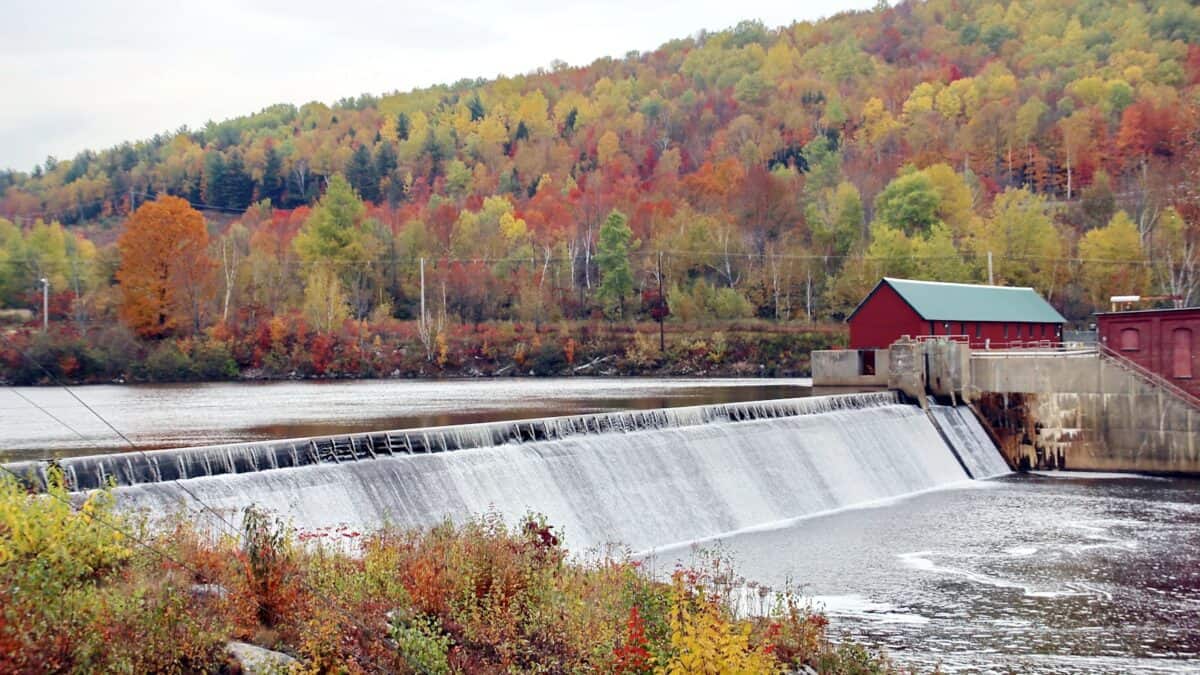
Today, the Ogallala Aquifer is experiencing alarming rates of depletion. According to the U.S. Geological Survey (USGS), average water levels across the aquifer have declined by more than 15 feet since predevelopment, with much more severe declines in certain regions. In parts of Kansas, Oklahoma, and Texas, water levels have dropped by more than 150 feet. The most intensively irrigated regions have seen depletion rates of 6 feet per year in some locations.
Since pumping began, approximately 350 million acre-feet (about 114 trillion gallons) have been extracted from the aquifer, representing about 8-10% of its total original volume. However, this percentage is misleading, as the remaining water is not evenly distributed. Some areas in the southern portions of the aquifer have already experienced effective depletion, with water levels too low to economically pump for irrigation. Nebraska retains approximately 65% of the aquifer’s total water volume due to more favorable precipitation and recharge conditions, while regions in Texas and Kansas face critical shortages.
The Recharge Challenge

The fundamental problem facing the Ogallala Aquifer lies in the imbalance between extraction and recharge. Natural recharge—the process by which precipitation percolates through soil to replenish groundwater—occurs at exceedingly slow rates across most of the aquifer. In the central and southern portions, natural recharge averages only 0.5 to 1 inch per year due to the semi-arid climate and the presence of thick, clay-rich soils that inhibit water infiltration. Current withdrawal rates exceed natural recharge by factors of 10 to 25 times in many areas.
This creates what hydrologists call an “effectively non-renewable” resource—though technically renewable over geological timescales, the practical recharge rate is so slow that water withdrawn today would take thousands of years to naturally replace. While Nebraska and portions of South Dakota experience somewhat higher recharge rates of 1-3 inches annually due to more permeable soils and higher precipitation, even these rates cannot keep pace with modern extraction demands.
Timeline of Depletion Projections
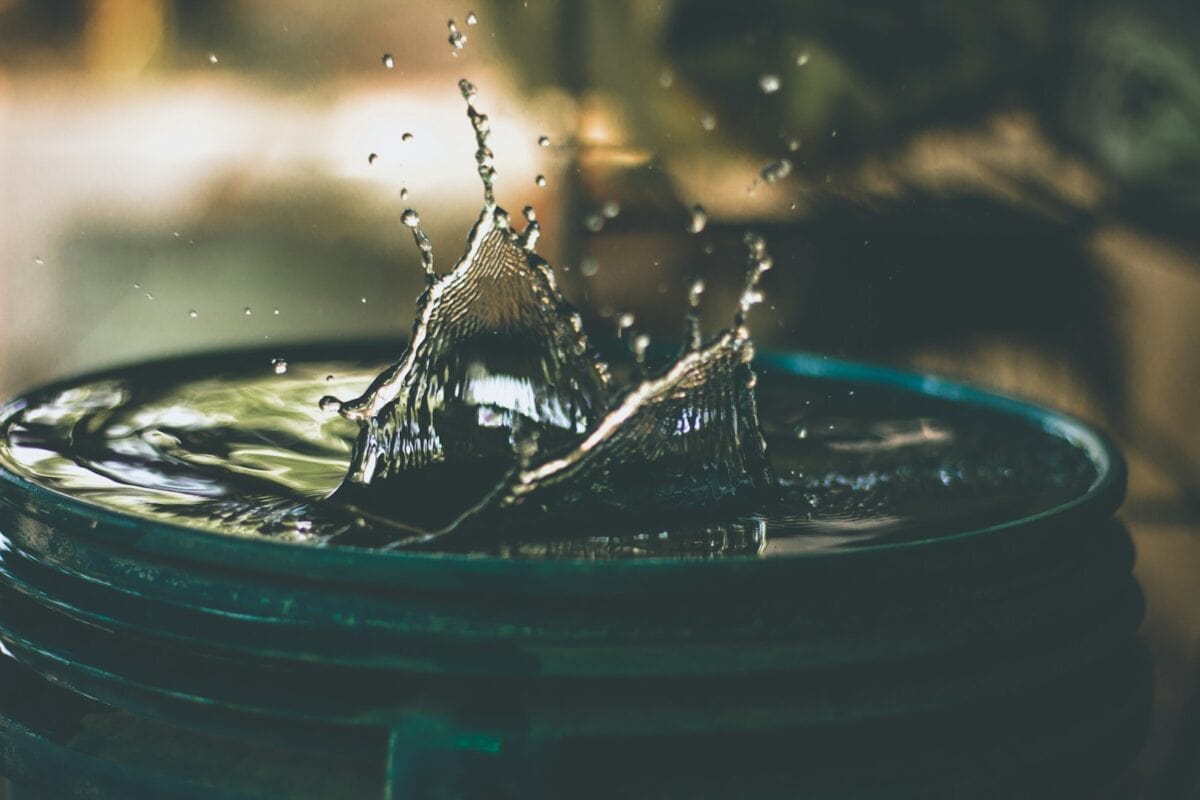
Scientific models projecting the timeline for Ogallala depletion vary by region and depend on future water management practices. According to research from Kansas State University and the USGS, if current pumping rates continue unchanged, approximately 70% of the aquifer could be depleted by 2070. The southern portions face the most immediate threats. Regions in the Texas Panhandle and western Kansas could reach effective depletion (defined as insufficient water for large-scale irrigation) within 15-20 years.
Central Kansas may have 25-50 years of irrigated agriculture remaining. In contrast, Nebraska’s portion might sustain current usage for more than a century, though with localized depletion in heavily irrigated areas. These timelines are not fixed and can be altered by changes in agricultural practices, water management policies, technological innovations, and climate patterns. However, the scientific consensus indicates that without significant intervention, large portions of the aquifer will become economically unviable for irrigation within our lifetime, with some regions crossing this threshold within the next decade.
Economic and Agricultural Impacts

The economic stakes of Ogallala depletion are immense. The aquifer directly supports an agricultural economy worth approximately $35 billion annually. A 2013 study by the Texas A&M AgriLife Extension Service estimated that a return to dryland farming across the region would reduce agricultural output by approximately 56%, resulting in annual losses of $20 billion and affecting over 130,000 jobs. The transition would dramatically reshape agricultural production, forcing shifts away from water-intensive crops like corn and cotton toward drought-resistant alternatives like winter wheat and sorghum.
Livestock production would also decline substantially as feed grain availability decreased. These agricultural impacts would cascade through rural communities already experiencing population decline, potentially accelerating rural outmigration and community dissolution. Property values would decline as productivity falls, eroding local tax bases and reducing public services. The transition from irrigated to dryland agriculture would not be uniformly distributed, creating regional economic disparities as some areas deplete sooner than others.
Climate Change Complications

Climate change introduces additional uncertainty to the Ogallala’s future. Climate models for the Great Plains region project increasing temperatures and more variable precipitation patterns, with a general trend toward more intense drought periods interrupted by heavier but less frequent rainfall events. Higher temperatures will increase evapotranspiration rates, potentially increasing irrigation requirements by 10-15% by mid-century according to research from the National Climate Assessment.
Additionally, extreme rainfall events often result in more runoff rather than infiltration, potentially reducing effective recharge despite greater precipitation totals in some scenarios. Some climate projections suggest a slight increase in overall annual precipitation for northern portions of the aquifer while southern regions may face decreased rainfall, potentially exacerbating the north-south disparity in aquifer conditions. The combination of higher temperatures, increased evaporation, and more variable precipitation creates a “double squeeze” on water resources—potentially increasing demand while simultaneously making recharge less efficient.
Conservation and Management Strategies

Numerous water conservation strategies have demonstrated promise in extending the aquifer’s usable lifespan. Improved irrigation technologies such as low-pressure sprinkler systems, subsurface drip irrigation, and soil moisture monitoring can reduce water usage by 15-30% while maintaining crop yields. Crop selection changes, including shifting to drought-resistant varieties and implementing crop rotations that incorporate less water-intensive options, have shown water savings of 20-40% in experimental plots.
Voluntary and mandatory pumping restrictions have been implemented in various management districts, with Kansas’ Local Enhanced Management Areas (LEMAs) demonstrating that coordinated reductions of 20-30% in water use can slow aquifer decline while maintaining farm profitability through efficiency improvements. Conservation practices like no-till farming and cover crops can improve soil health and water retention, potentially increasing the efficiency of both precipitation utilization and irrigation. These combined approaches have successfully reduced depletion rates in participating regions, though widespread adoption remains challenging due to implementation costs and concerns about short-term economic impacts.
Technological Innovations and Solutions
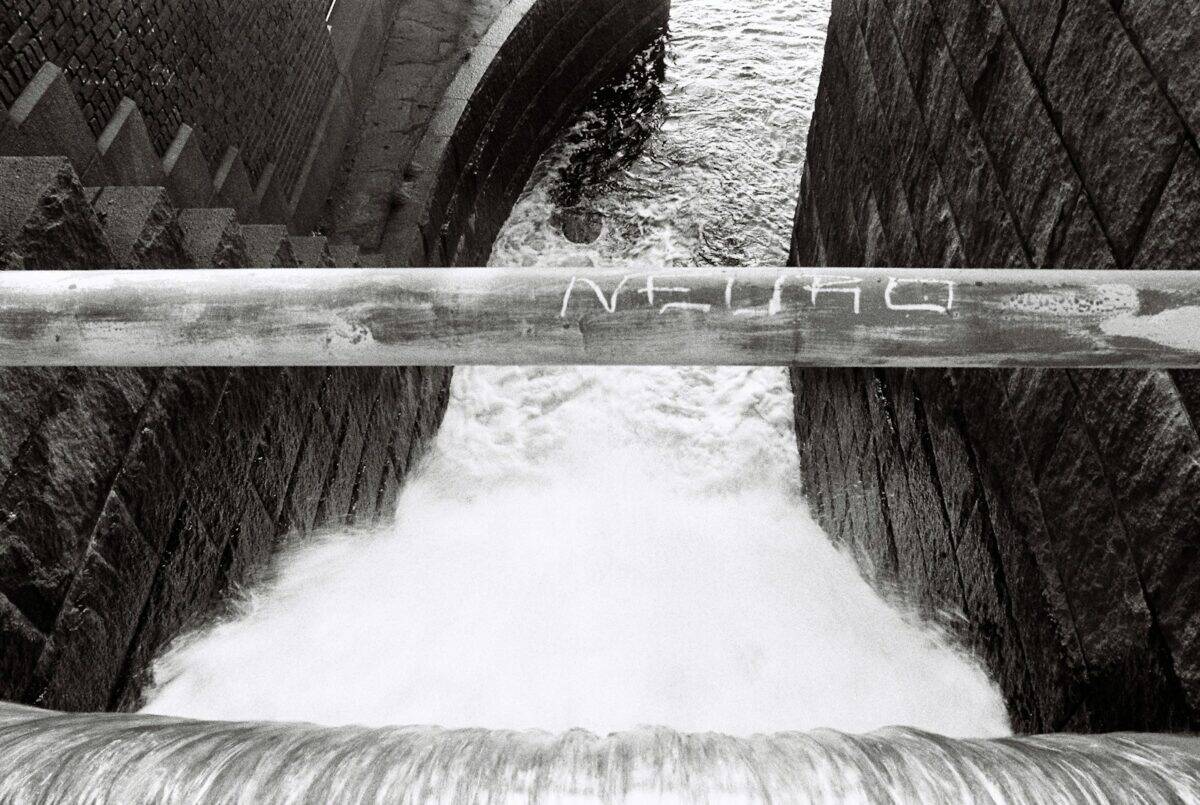
Emerging technologies offer additional paths toward sustainable water management. Precision agriculture utilizing GPS, satellite imagery, soil sensors, and data analytics allows farmers to apply water only where and when it’s needed, potentially reducing irrigation requirements by up to 25%. Genetic research is developing crop varieties with improved drought tolerance and water use efficiency, with some experimental varieties showing yield maintenance with 30-40% less water.
Aquifer recharge enhancement techniques—including modified playa lake management, infiltration galleries, and strategically placed recharge wells—are being tested to capture more precipitation and runoff, though their scalability remains limited. Water recycling and reuse systems for municipal and industrial users can reduce pressures on freshwater supplies. More speculative but potentially transformative technologies include atmospheric water harvesting, solar-powered desalination for brackish groundwater treatment, and advanced water recycling systems for agricultural applications. While no single technological solution can resolve the depletion challenge, the combined implementation of multiple innovations could significantly extend the aquifer’s productive lifespan.
Policy Challenges and Governance Issues

Effective management of the Ogallala Aquifer is complicated by fragmented governance structures. The aquifer spans eight states, each with different water laws, regulatory frameworks, and management approaches. Most states follow some version of the “rule of capture” or “prior appropriation” doctrine, which generally establishes that whoever pumps the water first has rights to continue doing so. This creates challenges for implementing coordinated conservation efforts.
Additionally, groundwater management occurs through a patchwork of state agencies, local groundwater management districts, and federal programs, often with overlapping or unclear jurisdictions. Competing economic interests—including agricultural producers, municipalities, and industries—further complicate policy development. Some governance innovations have shown promise, including Kansas’ Groundwater Management Districts and Local Enhanced Management Areas, Nebraska’s Natural Resources Districts, and Texas’ Groundwater Conservation Districts. These structures allow for more localized decision-making while providing frameworks for coordinated action. However, cross-state coordination remains limited despite the inherently connected nature of the aquifer system.
Social and Cultural Dimensions

The social and cultural implications of Ogallala depletion extend beyond economic considerations. Many communities across the Great Plains have identities deeply intertwined with irrigated agriculture. These cultural connections to place and livelihood shape attitudes toward water conservation and policy interventions. Research from rural sociologists has documented how perceived threats to agricultural livelihoods can generate resistance to conservation policies, even among those who acknowledge the problem’s severity. Intergenerational perspectives also influence decision-making, with farmers often balancing immediate economic needs against desires to preserve resources for future generations.
Indigenous perspectives on water management, particularly from tribes with historical connections to the region, offer alternative frameworks that emphasize long-term sustainability and the spiritual dimensions of water resources. Community-based approaches to conservation that account for these social and cultural factors have generally proven more successful than top-down regulatory approaches. Programs that build trust, foster community ownership of solutions, and respect local knowledge while integrating scientific data have demonstrated greater effectiveness in promoting sustainable water management practices.
Case Studies in Adaptation
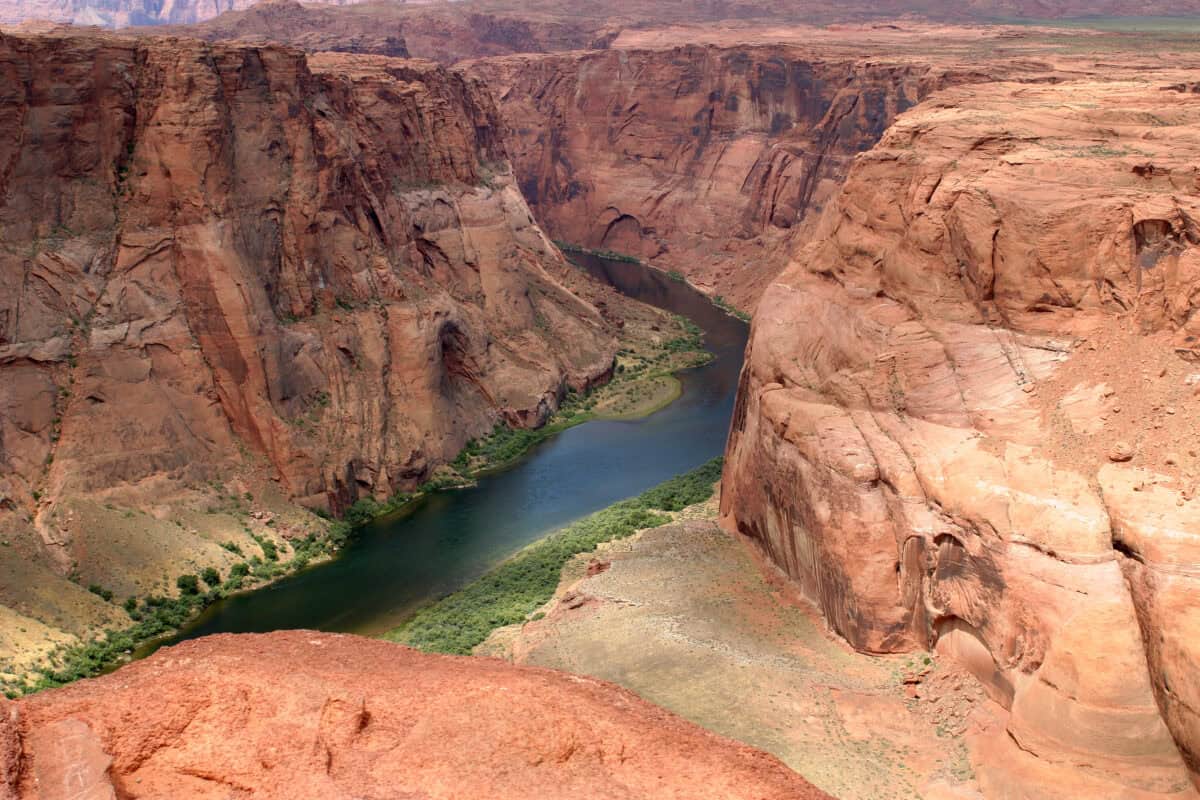
Several regions offer instructive examples of adaptation to declining aquifer levels. In western Kansas, the Sheridan County 6 Local Enhanced Management Area (LEMA) implemented a five-year plan to reduce water use by 20%. Through coordinated community action, they not only met but exceeded this target while maintaining agricultural profitability through efficiency improvements and crop diversification. The North Plains Groundwater Conservation District in Texas pioneered an agricultural water conservation demonstration project that has helped farmers reduce water use by 26% while maintaining productivity through a combination of improved technology, management practices, and crop selection.
In eastern Colorado, the Republican River Water Conservation District has implemented water use fee structures that both fund conservation programs and incentivize efficiency. The Nebraska Water Balance Alliance has demonstrated how farmer-led initiatives can drive adoption of soil health practices that improve water retention and reduce irrigation requirements. These success stories share common elements: they combine technical solutions with social engagement, emphasize locally-developed approaches rather than external mandates, provide economic pathways for transition, and balance short-term needs with long-term sustainability goals.
The Future of Great Plains Agriculture
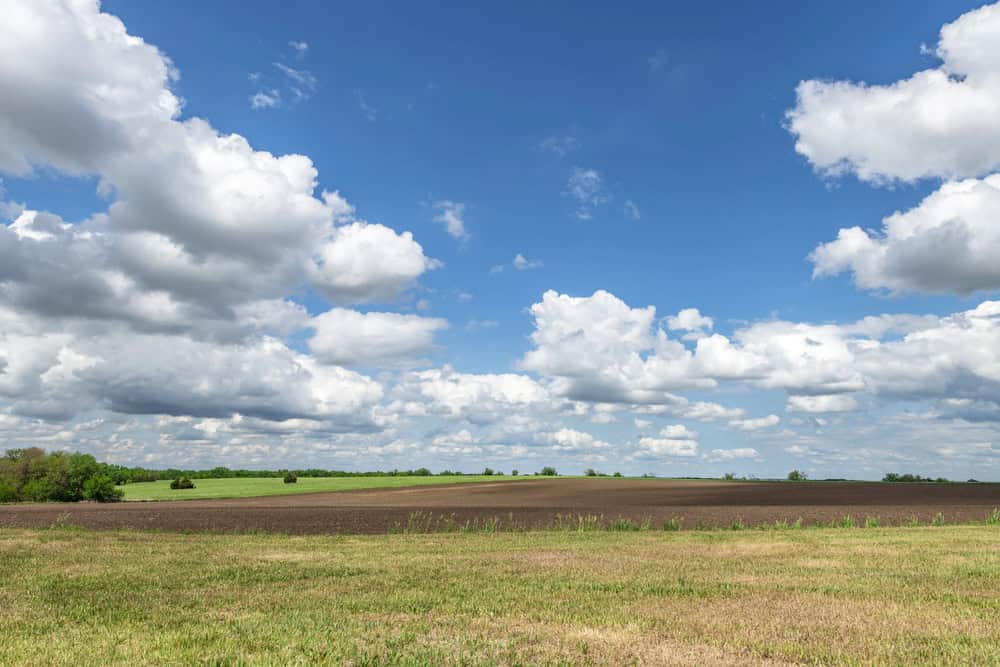
The trajectory of Ogallala depletion suggests a future requiring transformative changes to Great Plains agriculture. Rather than a binary outcome of “collapse or continuation,” research points toward a gradual transition featuring agricultural systems increasingly adapted to water limitations. Future farming will likely incorporate more diverse crop rotations, with increased emphasis on drought-resistant varieties and crops with higher value per unit of water consumed. Irrigation will become more targeted, potentially shifting from widespread coverage to strategic supplemental application during critical growth periods.
The integration of livestock with cropping systems may increase, as grazing systems generally require less water than irrigated feed production. Economic diversification beyond agriculture will become increasingly important for regional resilience, with potential growth in sectors like renewable energy, value-added processing, and tourism. However, these transitions will not occur uniformly across the region, likely creating a mosaic of agricultural systems adapted to local water availability, soil conditions, and economic contexts. Communities that proactively plan for these transitions will likely fare better than those that delay adaptation until depletion forces more abrupt changes.
Conclusion: The Path Forward

The Ogallala Aquifer stands at a critical juncture, with its future hanging in the balance between depletion and sustainability. The scientific evidence clearly indicates that without significant changes in water management, large portions of the aquifer will indeed reach effective depletion within our lifetime, with the southern regions facing this reality within decades rather than centuries. However, this outcome is not inevitable. The combination of improved agricultural practices, technological innovations, policy reforms, and community engagement offers pathways to extend the aquifer’s productive lifespan and facilitate a manageable transition to more water-sustainable systems.
This challenge transcends technical solutions, requiring us to reconsider our relationship with water resources and reconcile short-term economic imperatives with long-term sustainability. The future of the Ogallala region will be determined not by hydrology alone, but by the collective choices made by communities, producers, policymakers, and citizens in the coming years. What emerges from these decisions will reshape the ecological, economic, and social landscape of the American heartland for generations to come.
- Could the Ogallala Aquifer Run Dry in Our Lifetime? - August 8, 2025
- The Fish That Can Bite Through Bone - August 8, 2025
- 12 Most Intelligent Cat Breeds Ranked - August 7, 2025

